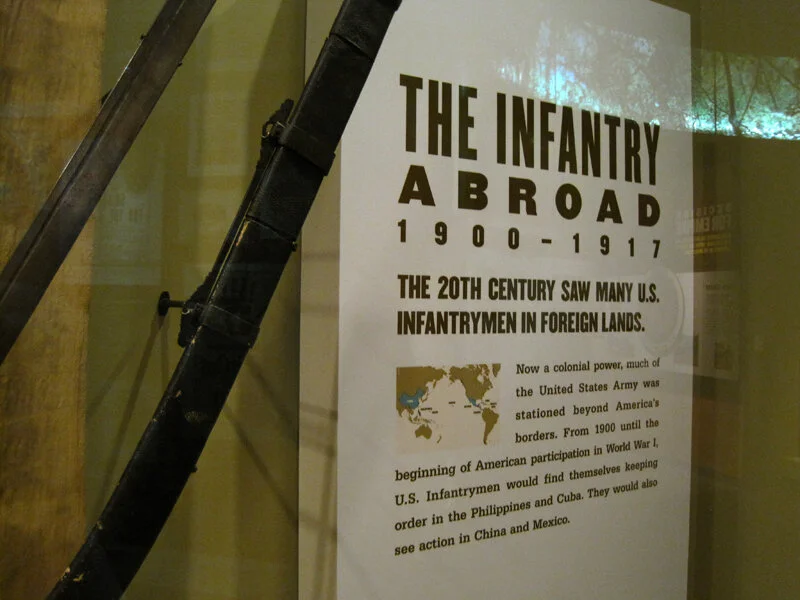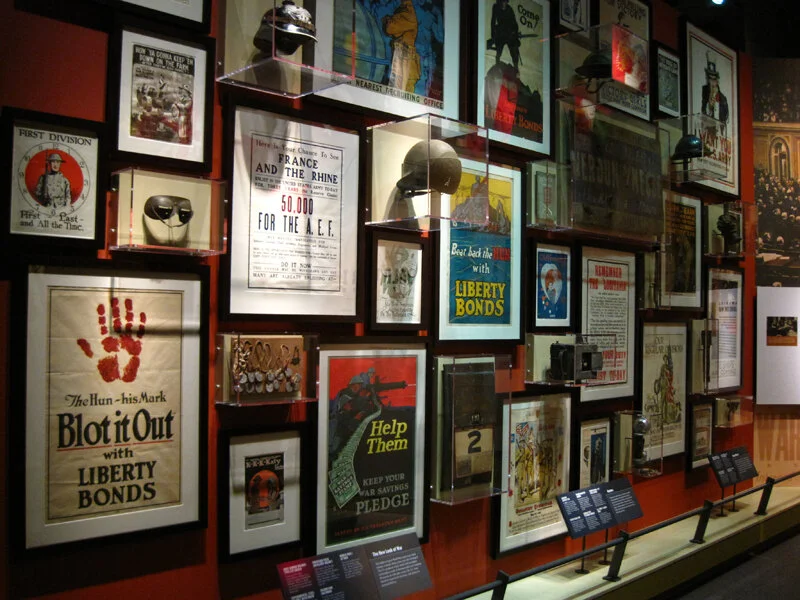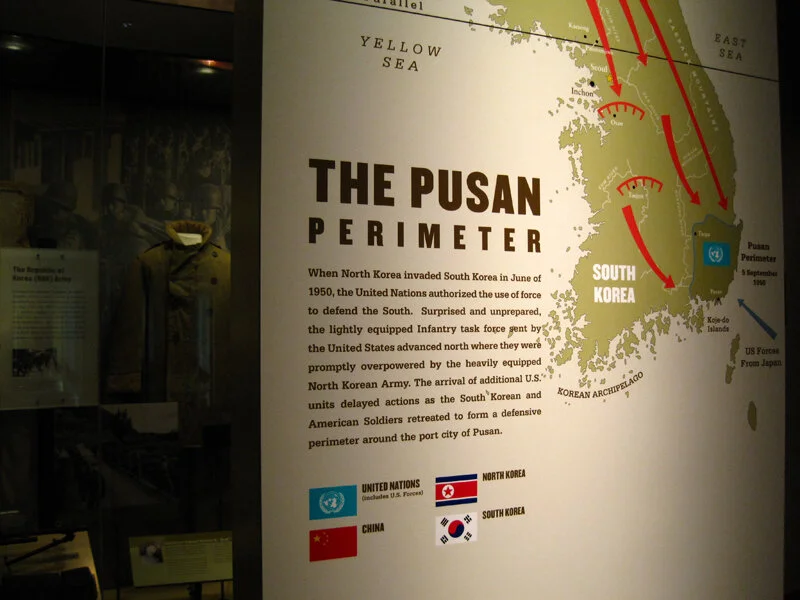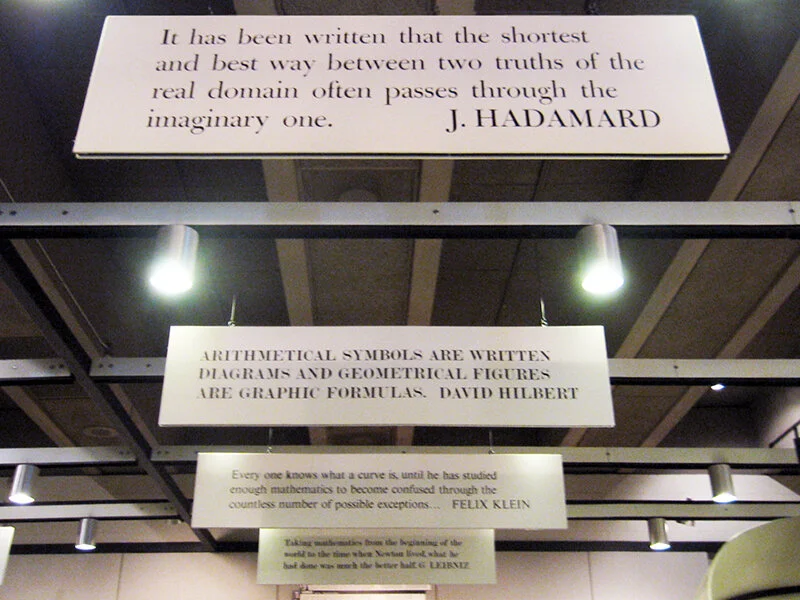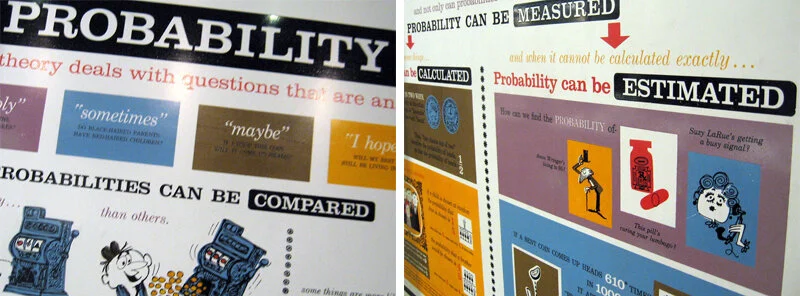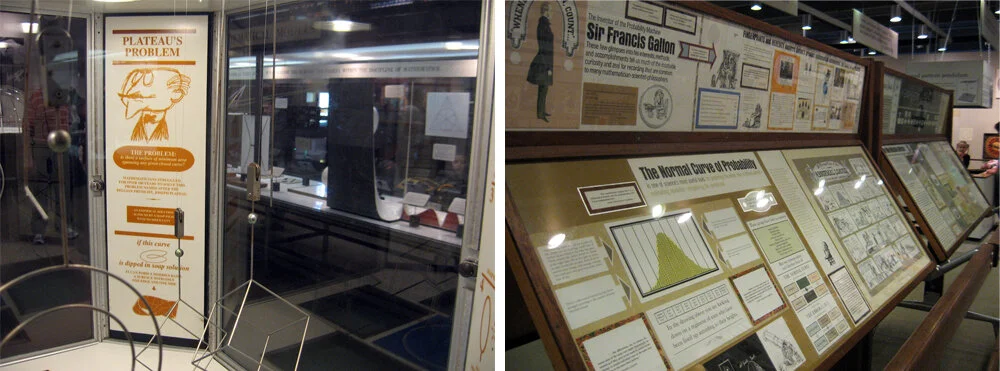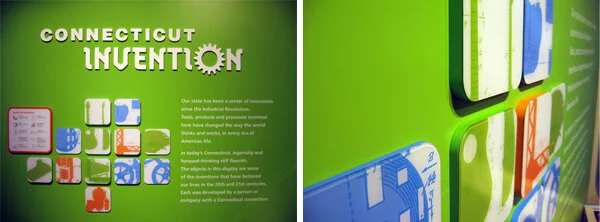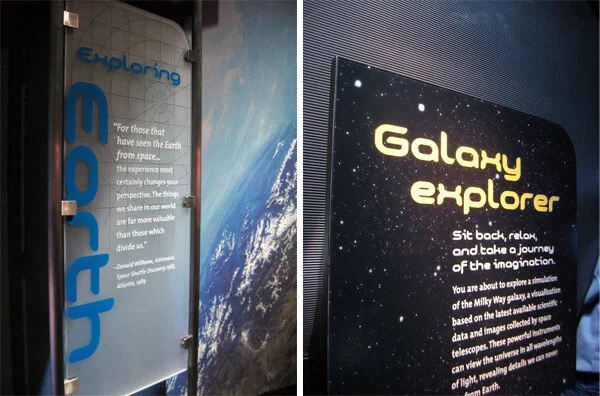The United States Holocaust Memorial Museum has a temporary exhibition State of Deception: The Power of Nazi Propaganda that I’d like you all to see. (I know I have a stellar track record of posting about temporary exhibits after they’ve closed, but not this time — State of Deception is open through December 2011.)
The exhibition, by the museum’s description, “reveals how the Nazi Party used modern techniques as well as new technologies and carefully crafted messages to sway millions with its vision for a new Germany.” There are books, posters, newspapers, and photos to look at, archival sound recordings to listen to, and films to watch. There’s a lot to take in, but the exhibition does a great job of leading you through and presenting its themes clearly and succinctly.
I was drawn in by the compelling design of the exhibit’s graphics. I liked the modernist layouts, which reminded me of Die Neue Typographie and Jan Tschichold’s work during the mid–late 1920s. (Side note: Tschichold was arrested by the Nazis for his “un-German typography.”...If you're interested in being led astray by the internet: do some research into Nazi Germany’s changes in typeface doctrine.)
I liked that each graphic was unique — the torn paper and painting texture is all custom done. An interesting thing the designers did was to change the lengths of the secondary and label-level text panels to fit the length of the text. With a relatively small exhibit like this, it works well, though it would certainly be difficult to control for in a larger exhibit. But here it made every panel seem intentional and thoughtful. A lot of care was put into these graphics, and the effect is quite beautiful. I wanted to read every single label.
I also recommend that you spend some time with the exhibition’s accompanying website, if you make it to the exhibition in person or not. It is rich with information and the website design ties in well with the exhibition’s.
Post updated in January 2021 with minor text edits. Broken links have been fixed. This post was originally published at theexhibitdesigner.com on 7 October 2010.














































